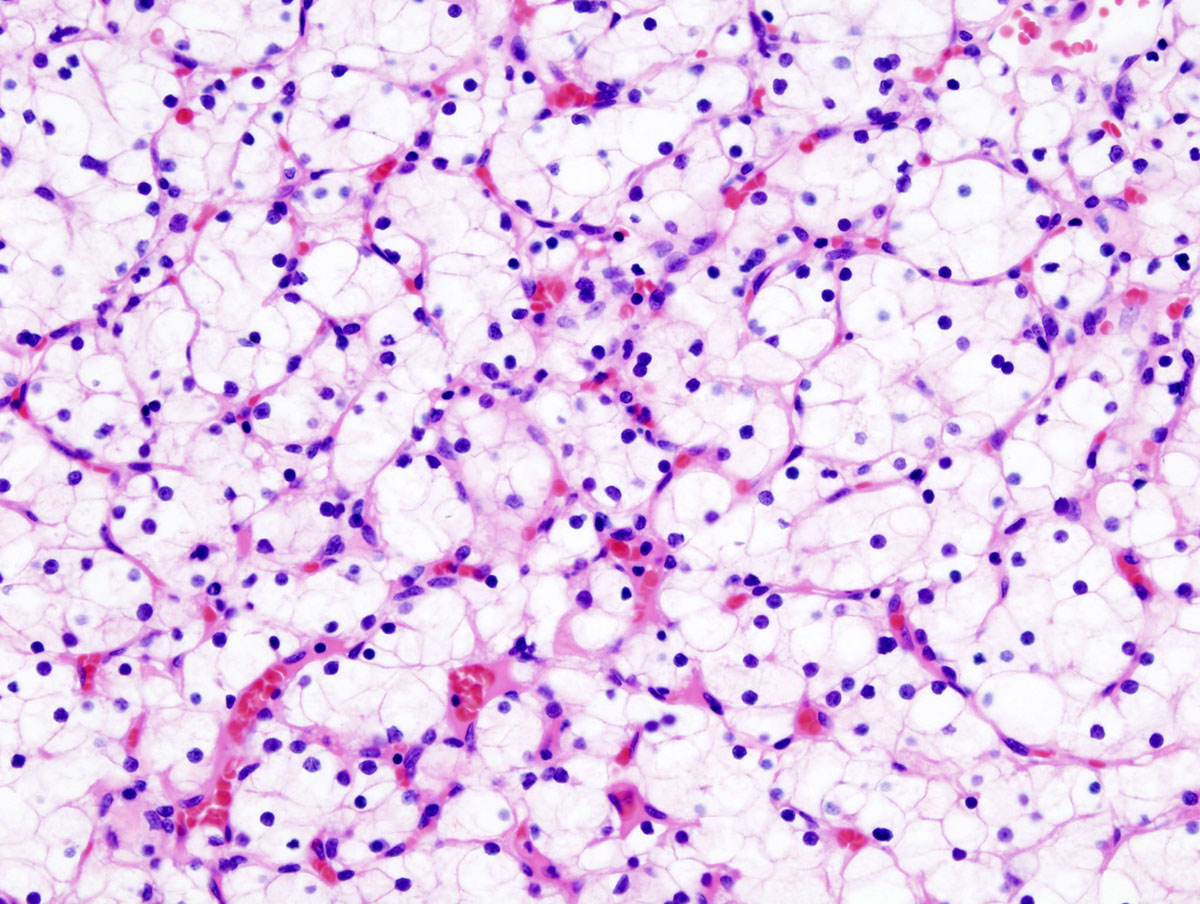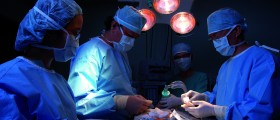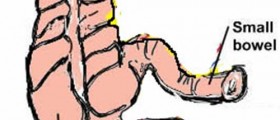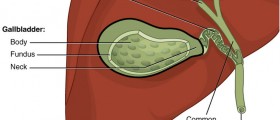
The human body has two kidneys, bean-like shaped organs located in the retroperitoneum. Their primary role is to filtrate the blood, eliminate waste products via urine and also participate in maintaining optimal levels of fluid and certain electrolytes in the body. Sometimes the conditions affecting the kidney may cause severe damage to the organ when the kidney simply needs to be surgically removed. This surgery is medically known as nephrectomy. Fortunately, if the other kidney is intact and functions adequately the person will continue his/her live without any problems and the remnant kidney will perform all the necessary functions.
What is Nephrectomy?
As it has already been said nephrectomy is the medical term used for kidney removal. The first successful surgery of this type was performed in 1869 by the German surgeon Gustav Simon. Actually he confirmed his theory that the remnant kidney (if healthy) can take over all the burden of the filtrating blood and excreting urine. From that year surgeons have improved techniques used for kidney removal and today there are a few surgical approaches available.
As for indications for nephrectomy, the surgery is basically performed in patients suffering from renal cell carcinoma and individuals with non-functioning kidney. Kidney removal is also recommended in case of congenitally small kidney when the organ is swollen and triggers pain in the lower back due to compression of nearby nerves. Today even when one is confirmed with renal cell carcinoma, surgeons are capable of performing partial removal of the kidney, preserving some parts of the organ. Partial nephrectomy is additionally performed when there is a damage to the organ caused by some injury or trauma such as a motor vehicle accident.
One of the most significant reasons why surgeons perform nephrectomy is living donor kidney transplantation, when an individual with two healthy kidneys decides to give one organ to a relative or some other person with non-functioning kidneys. This extremely generous acts is certainly worth of mentioning.
The procedure per se may be total or partial. Partial nephrectomy is performed when parts of the organ can be preserved and are functional. Total nephrectomy includes the removal of the entire kidney (healthy or non-functional) and the ipsilateral ureter as well as the adrenal gland and fatty tissues that surrounds the organ.
The surgeon opts for either laparoscopic approach or performs open surgery. Laparoscopic surgery is characterized by small cuts (and subsequent small scars) through which the surgeon inserts the laparoscope and all the instruments he/she needs during the procedure. Laparoscopic nephrectomy has shorter recovery time and hospital stay and fewer post-operative complications. Open nephrectomy, on the other hand, includes one large incision in the abdomen or the flank area. Sometimes the lower ribs need to be removed so that the surgeon can reach the kidney. This type of surgery is associated with greater exposure of the retroperitoneal area. As a result, the infections and other post-operative complications are more frequent.
Risk Involved with Nephrectomy
Under normal circumstances patients who have undergone nephrectomy recover completely and face no complications. However, not all of them are that lucky and may experience some adverse effects of the surgery.
It is estimated that most patients who actually develop complications after neprectomy deal with infections. The wound may easily get contaminated if manipulated under non-sterile conditions. What is more, as it is the case with any other more complex surgery there is a chance for patients to develop post-operative pneumonia.
Furthermore, there is a risk of bleeding. More severe loss of blood is an indication for blood transfusion.
There is also a risk of allergic reactions to some of the administered medications. And finally, all of these complications may progress even further and trigger additional health problems like sepsis, exsanguination, anaphylactic shock etc. eventually leading to death.
Naturally, there is a risk that the remnant kidney will one day lose its function which leaves the person with no other choice but to start with dialysis.
When it comes to risks of donor nephrectomy, these are reduced to minimum since all donors undergo thorough pre-op tests and exams and are practically of impeccable health. All in all, most donors continue living normally and have long and healthy lives without any associated kidney-complications.
In the end, since the person is left with only one kidney, he/she will undergo specific tests which evaluate the function of the remnant kidney. The exams and test are scheduled and are never supposed to be avoided or postponed. Each test is performed after specific period of time. For instance, creatinine level and glomerular filtration rate are checked every few years while urinanalysis and blood pressure are evaluated on a yearly basis. The operated individuals should abstain from any kind of activity that will put in danger the remnant kidney. They should not participate in contact sports (e.g. boxing, field hockey, ice hockey etc.) and are due to avoid any collision.

















Your thoughts on this
Loading...